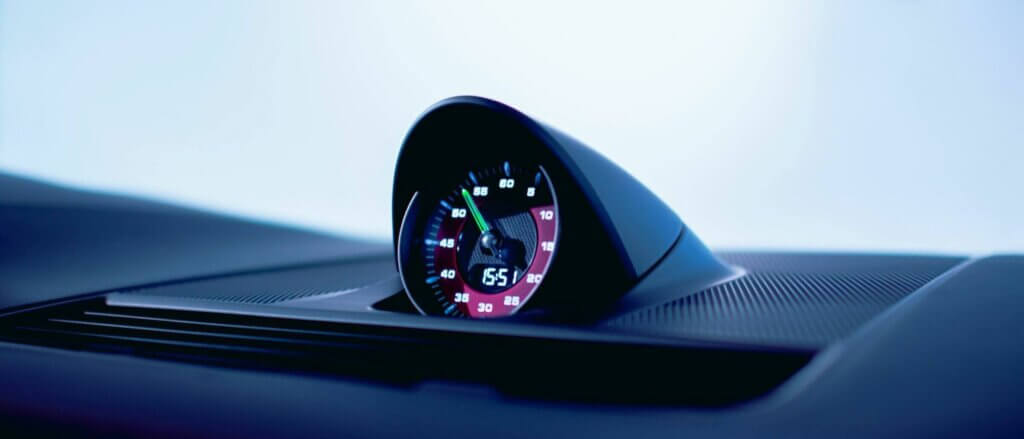
5. Check the level of screenwash
Wet weather means muddier roads and more spray from other moving vehicles, resulting in extra grime landing on your windscreen. With the extra hour of morning light, it will be almost impossible to see the road ahead if the sun is beaming down on your car and you don’t have any washer fluid to clean the glass.
While screenwash is mostly used to clear grime on your windscreen, it typically contains ethanol or methanol which will prevent the fluid from freezing in sub-zero temperatures – and explains why you should try to avoid using only water for top ups.
For this reason, it’s important not to use heavily diluted screenwash for when the cold weather hits, otherwise it may freeze and you might find yourself unable to clear your windscreen while driving.
Check your screenwash level in the tank under the bonnet and top up if necessary with a quality screen wash pre-mix for ease, which you can pick up in most petrol stations and supermarkets.
Bear in mind that you could be charged with careless driving if your car is without washer fluid, an offence where police have the power to issue an on-the-spot fixed penalty notice of £100 and three penalty points.
6. Look after your car’s battery – and carry jump leads
Fundamental to avoiding or limiting the impact of issues with your car during the autumn and winter months is preparation. This is particularly important when it comes to your car’s battery.
A battery is more likely to struggle over the winter, and leaving anything like the radio or heater on if you’ve pulled over – even if it’s brief – can drain the battery and leave you stuck with a car that won’t start.
If you haven’t changed your car battery for a while or own an older car, you’re even more at risk as the cold and damp weather can put a significant strain on it. If your battery seems to be struggling when you start your car, it could be on its way out and a clear sign that you should replace it before the temperature plummets.
If you’re not a day-to-day driver, we’d highly recommend completing a short 15-20 minute journey once every two weeks when it’s colder outside. This will make you less likely to have a dead battery, spot deflated tyres or any other issues.
It’s important to make sure you have jump leads or a portable battery pack stored in your vehicle so you are prepared in the unfortunate event that your battery does go flat.
7. Check your tyres
These four pieces of rubber are crucial to your safety on the road. Always remember that your tyres should ideally have at least 3mm of tread for winter motoring and make sure to check the pressure at least once every fortnight, if not more frequently during cold weather snaps.
Your tyres are actually more likely to deflate in wintry conditions because cold air is more dense than warm air so when the temperature drops, your tyre pressure will drop with it. Therefore, keeping your tyres pumped up should be a key priority over the coming months.
If you were pulled over by the police or involved in an accident and happened to have four under inflated tyres, that would mean three points per tyre and therefore a disqualification from driving. There is also a fine of up to £2,500 per tyre, which would set you back as much as £10,000. You can also be penalised if you’re caught with a tyre tread depth lower than 1.6mm.
